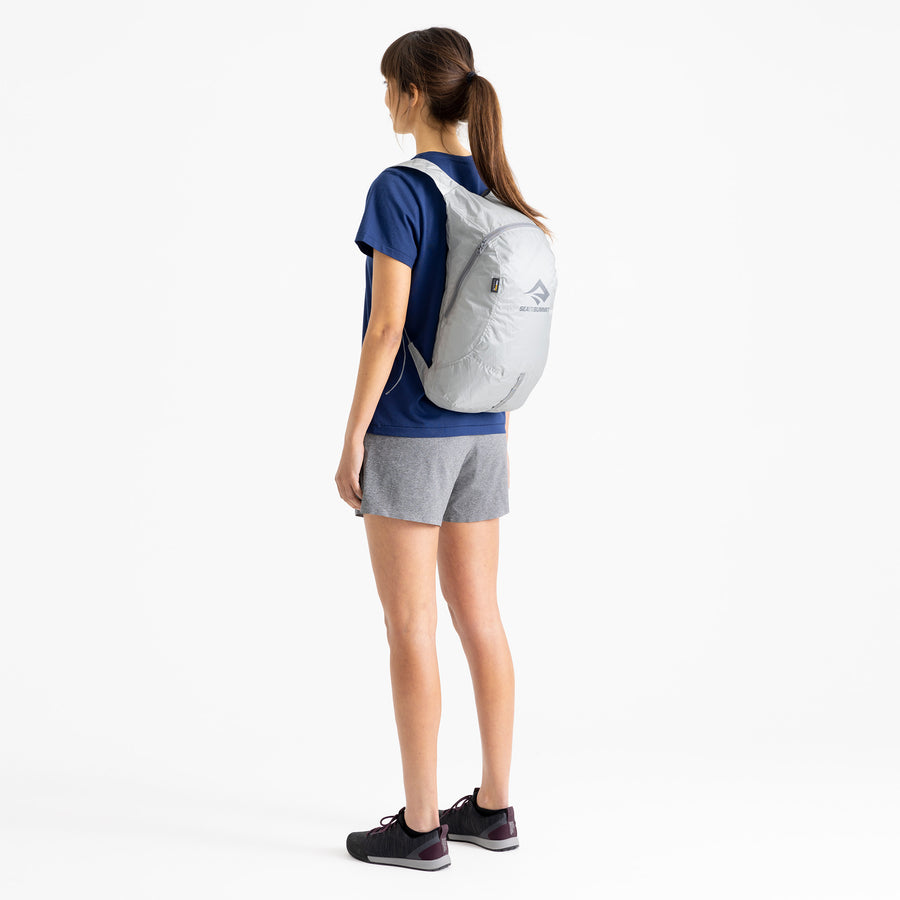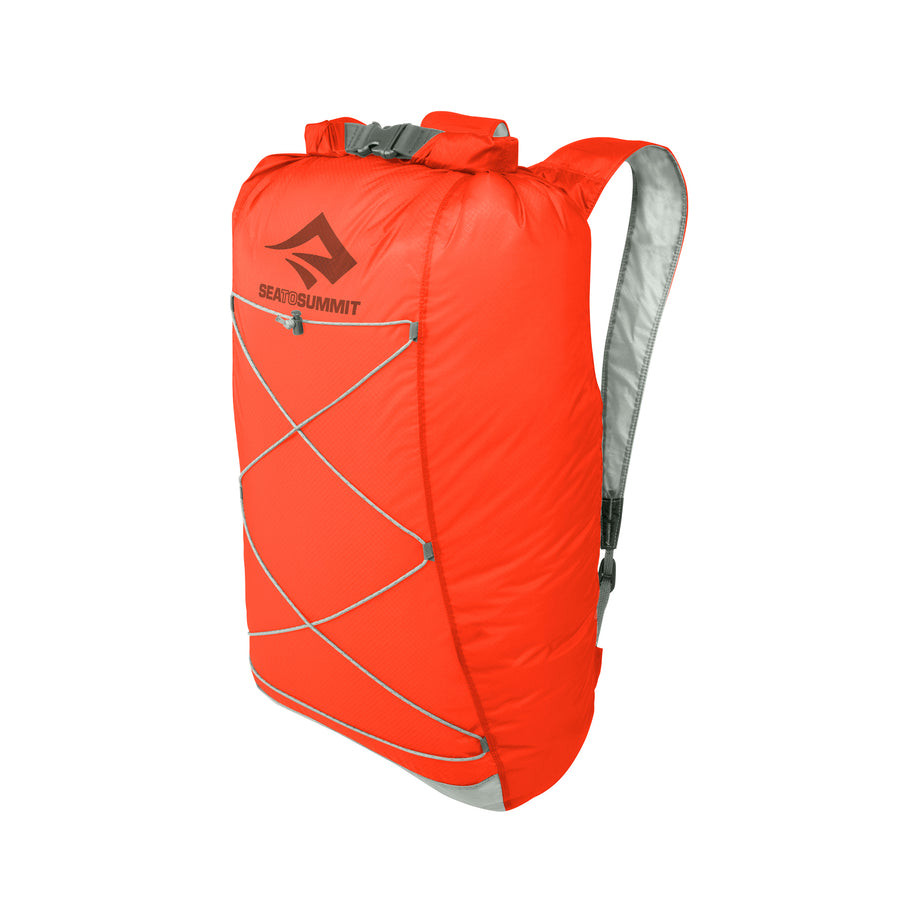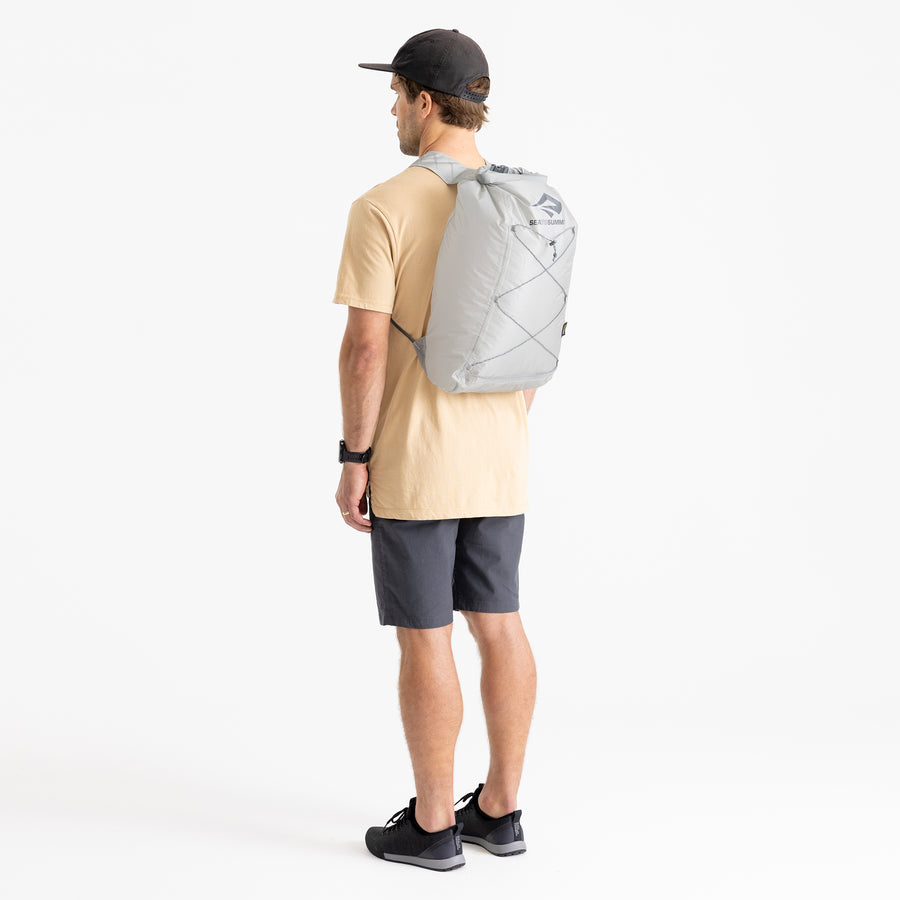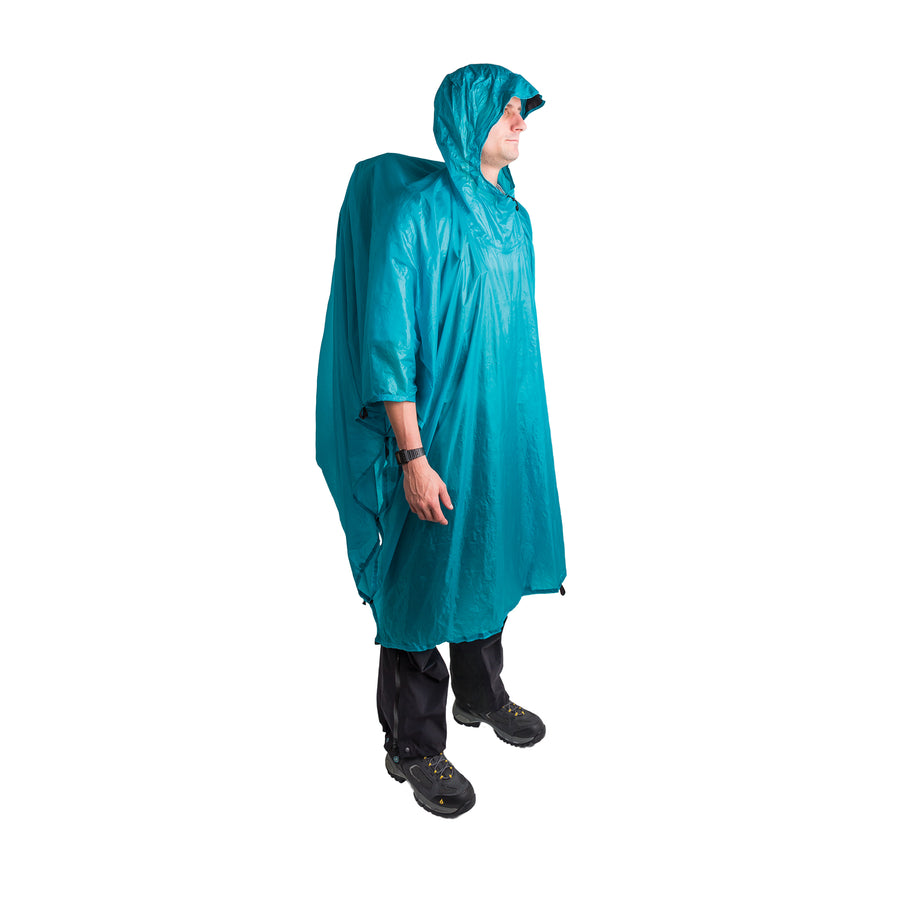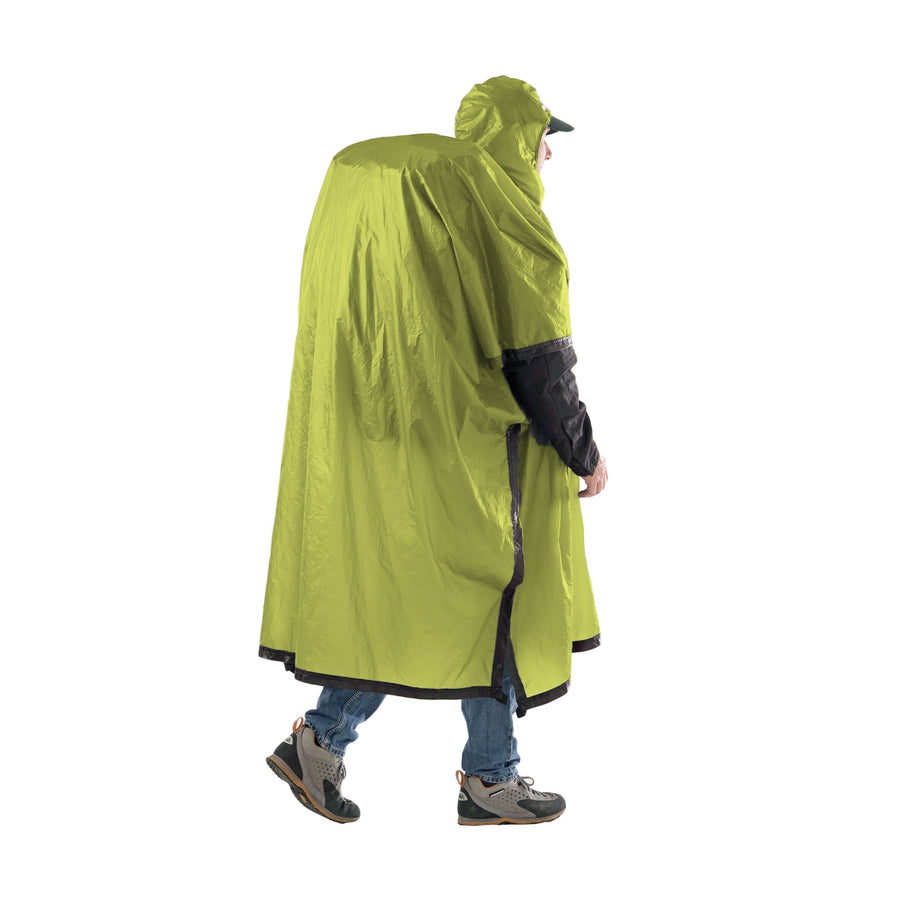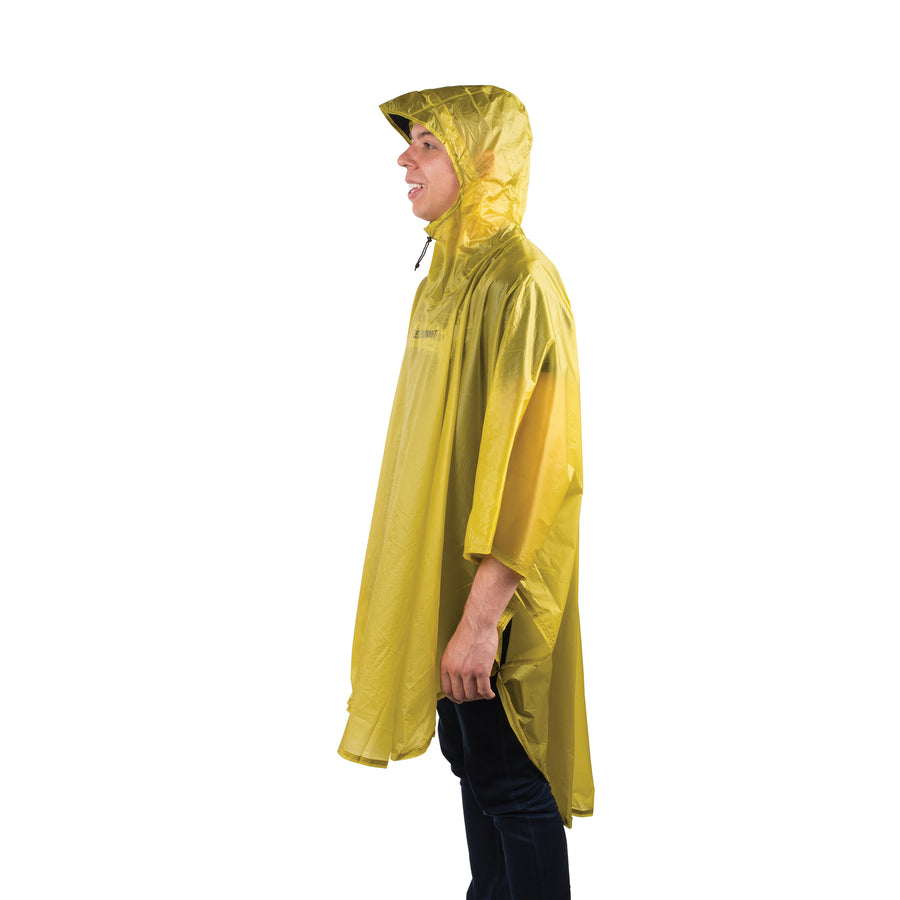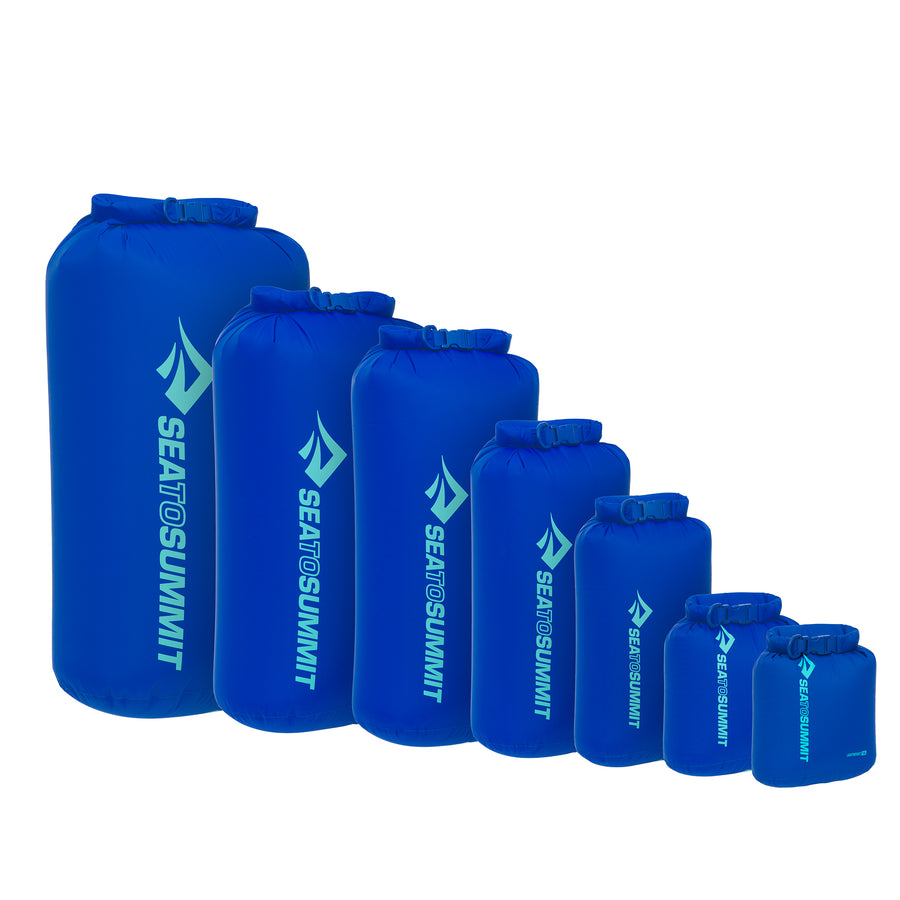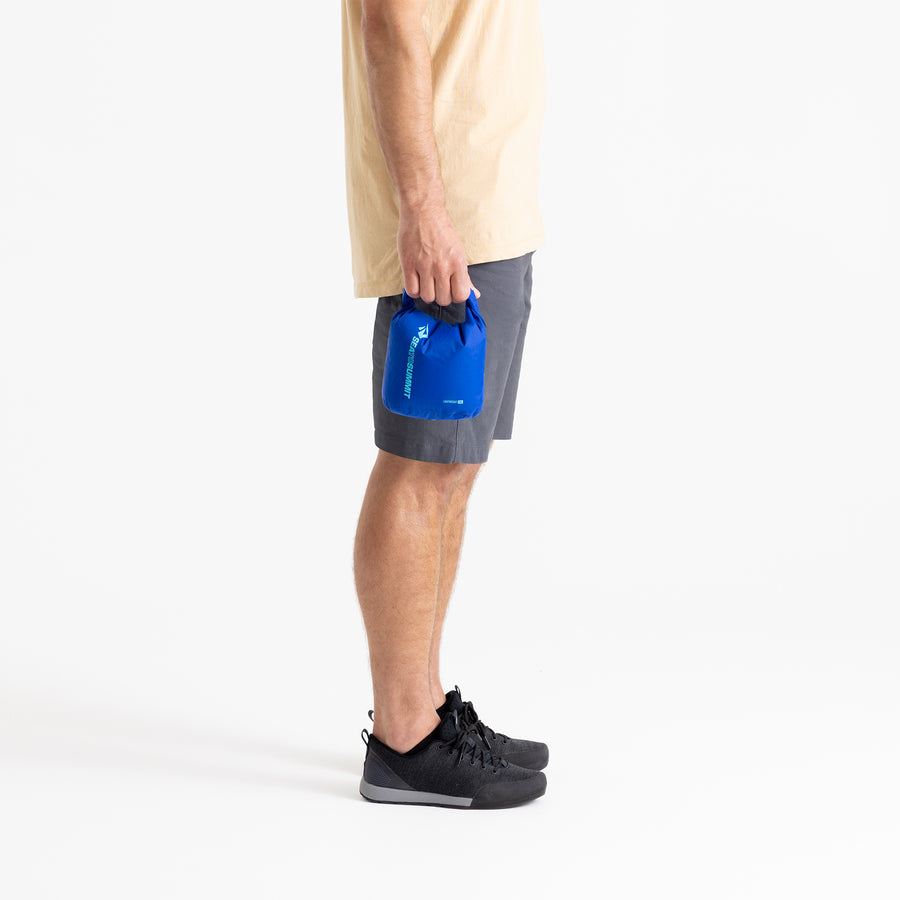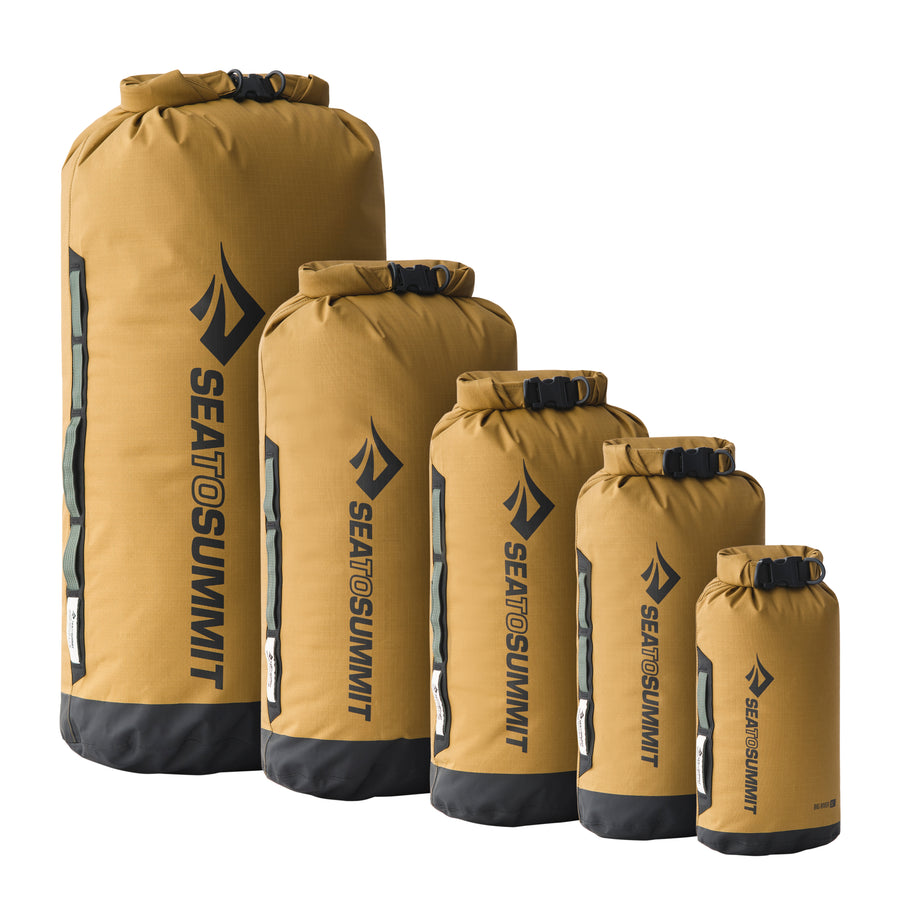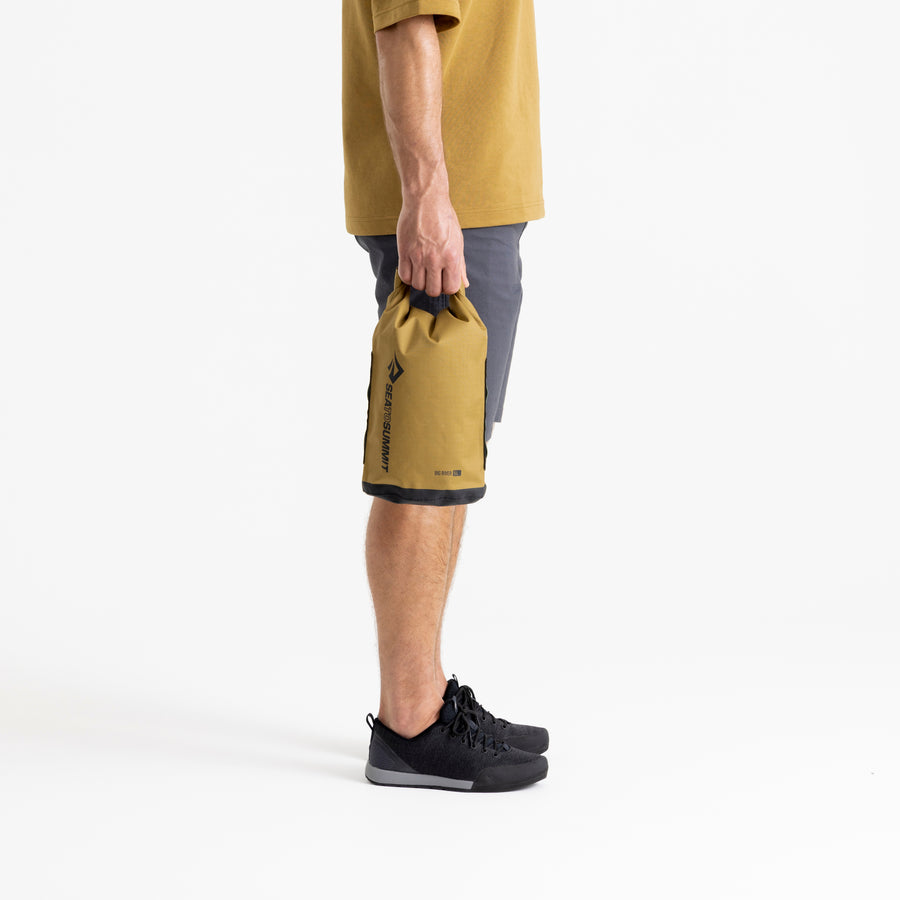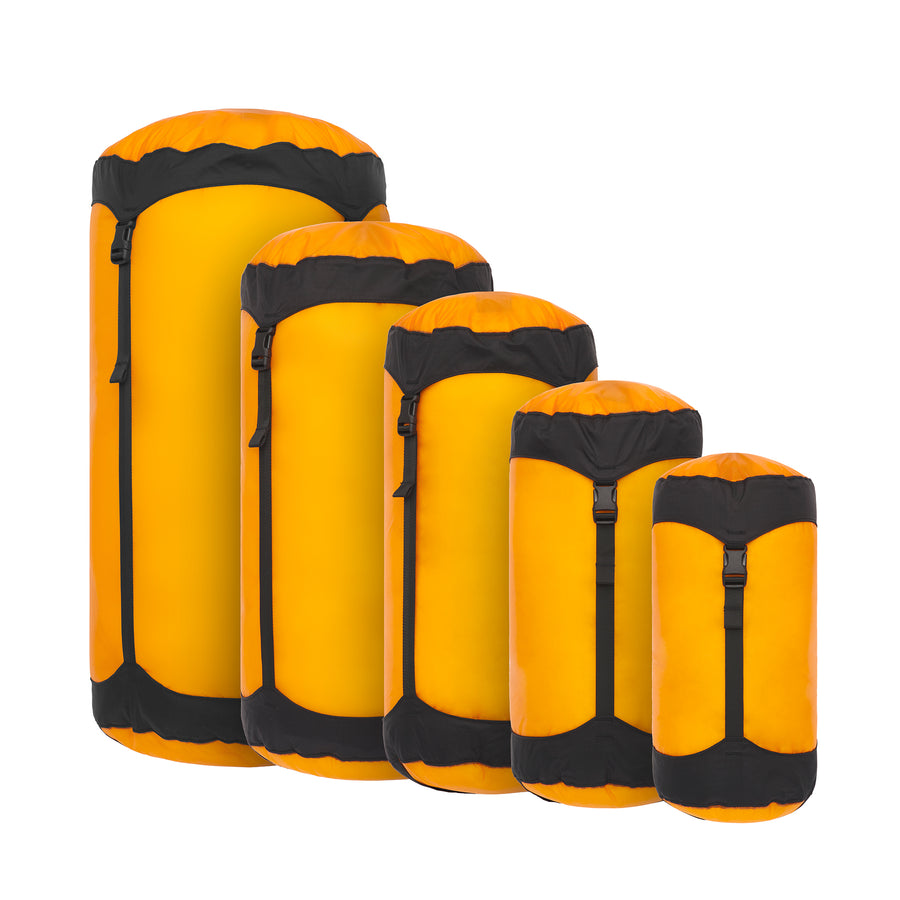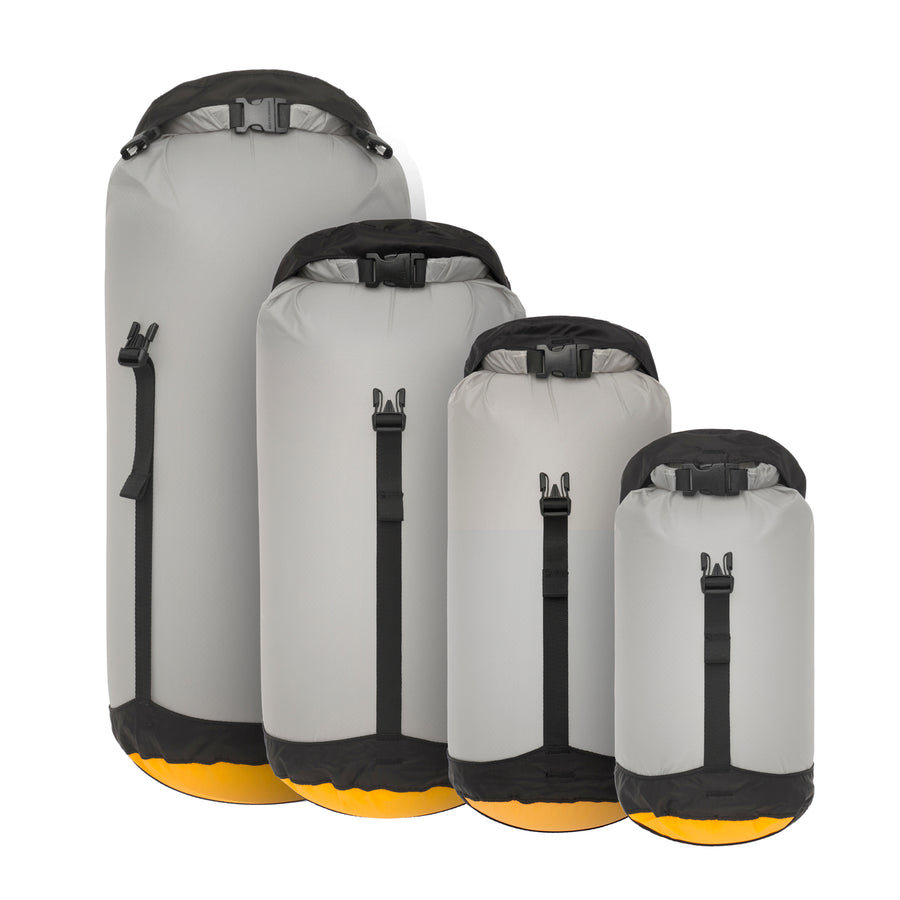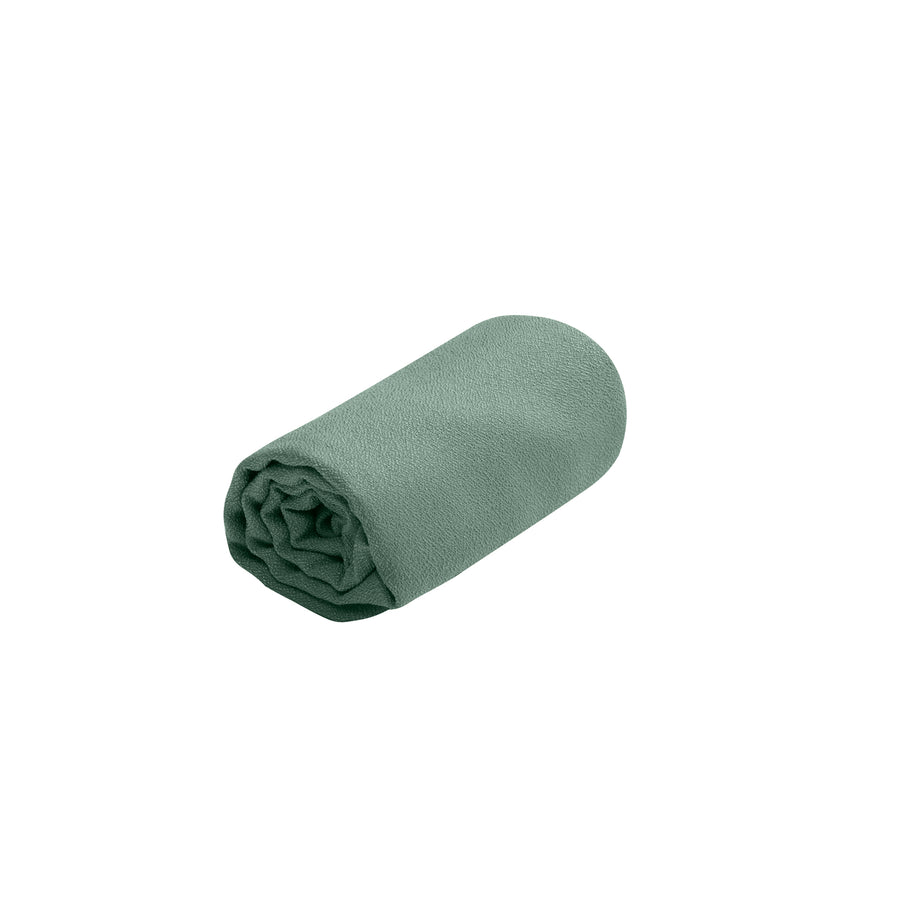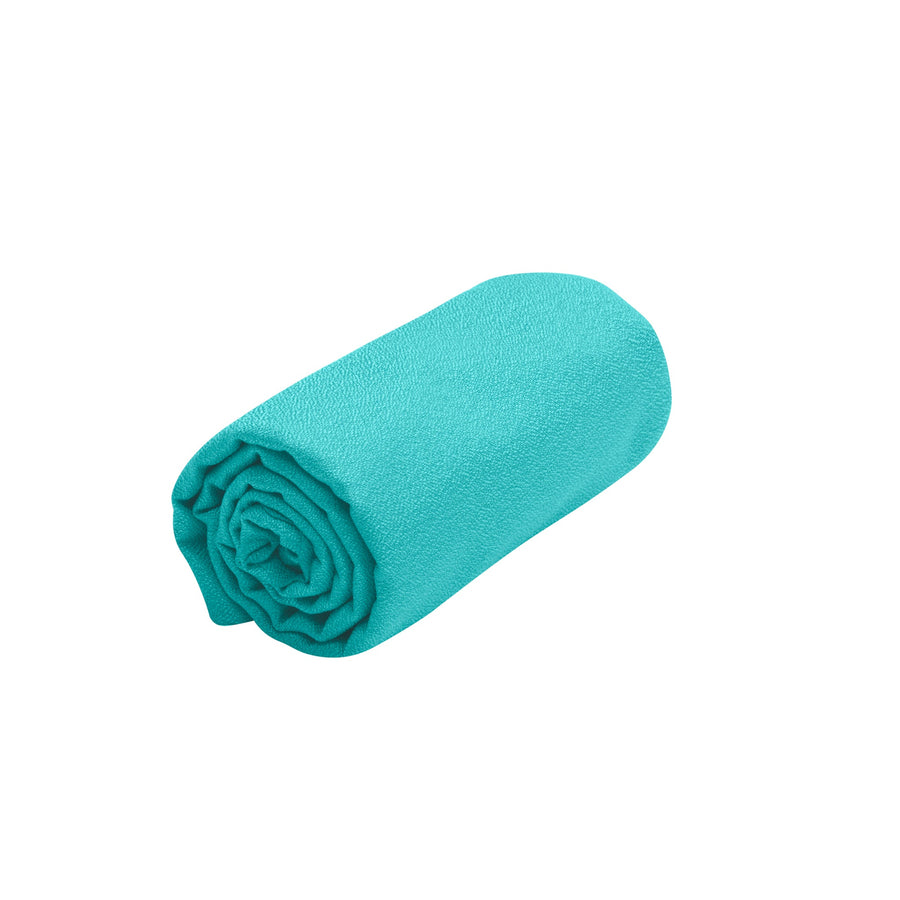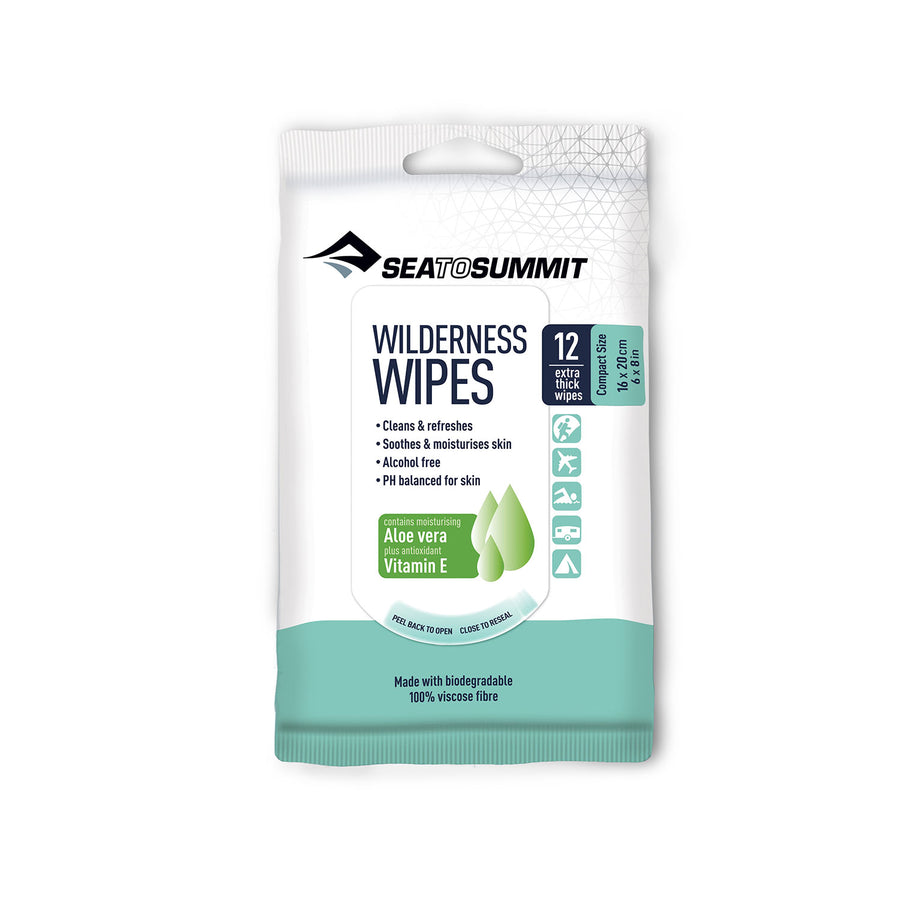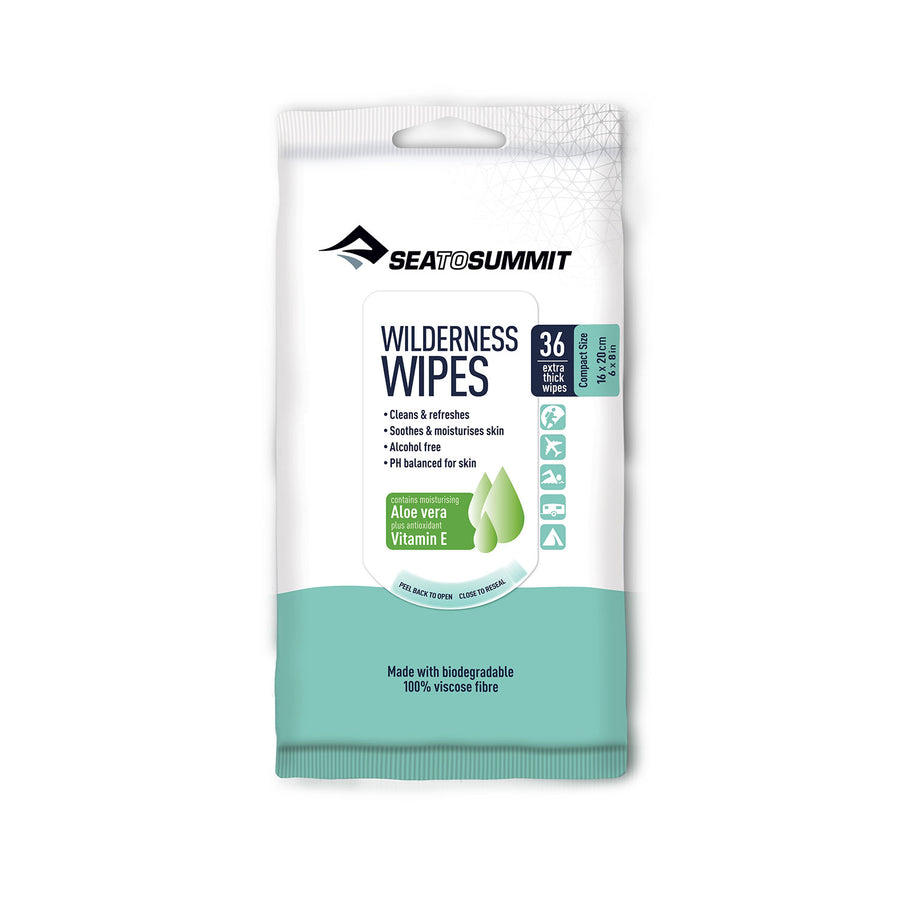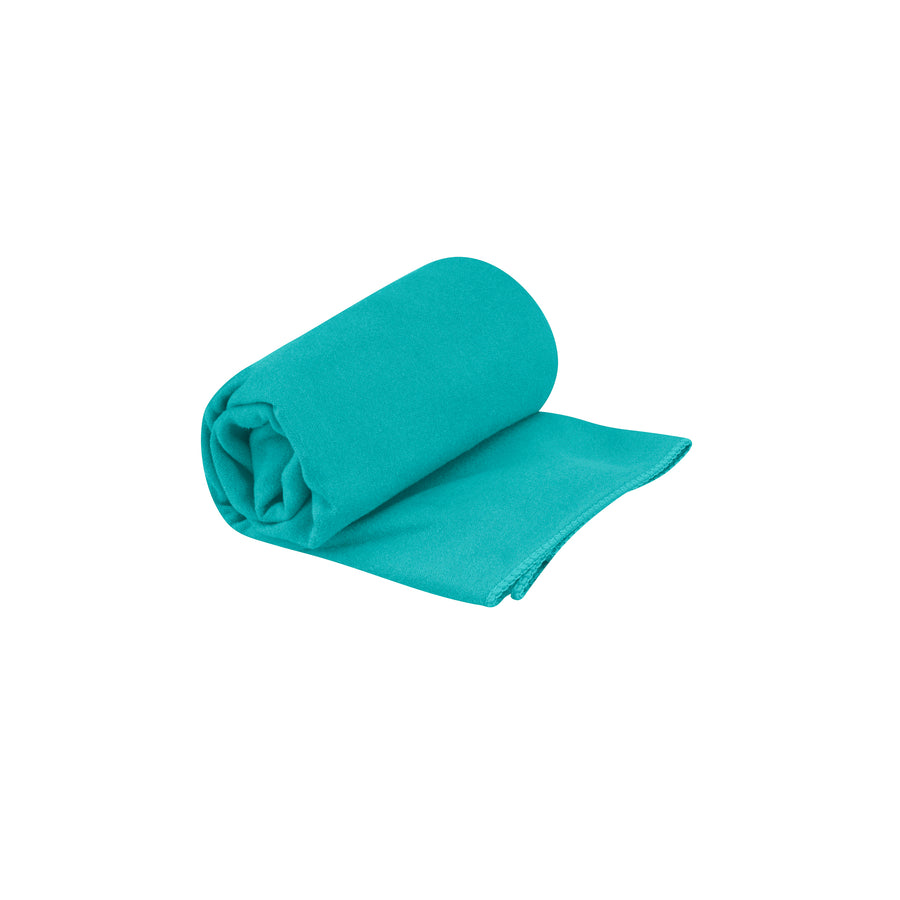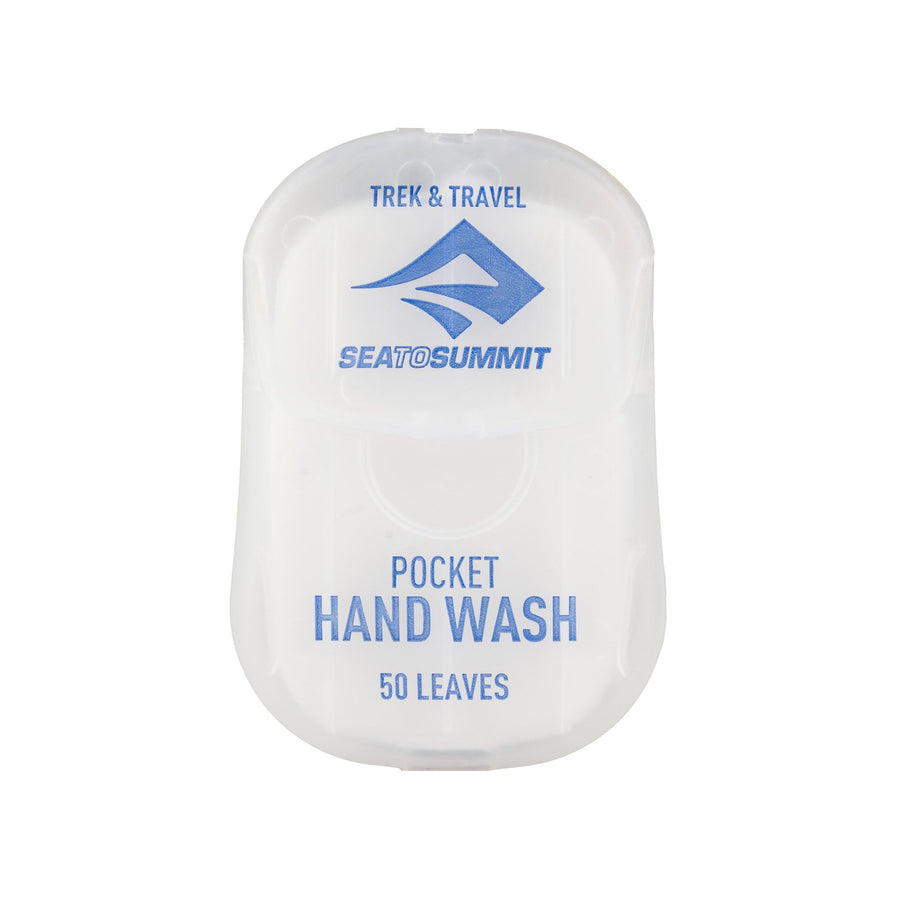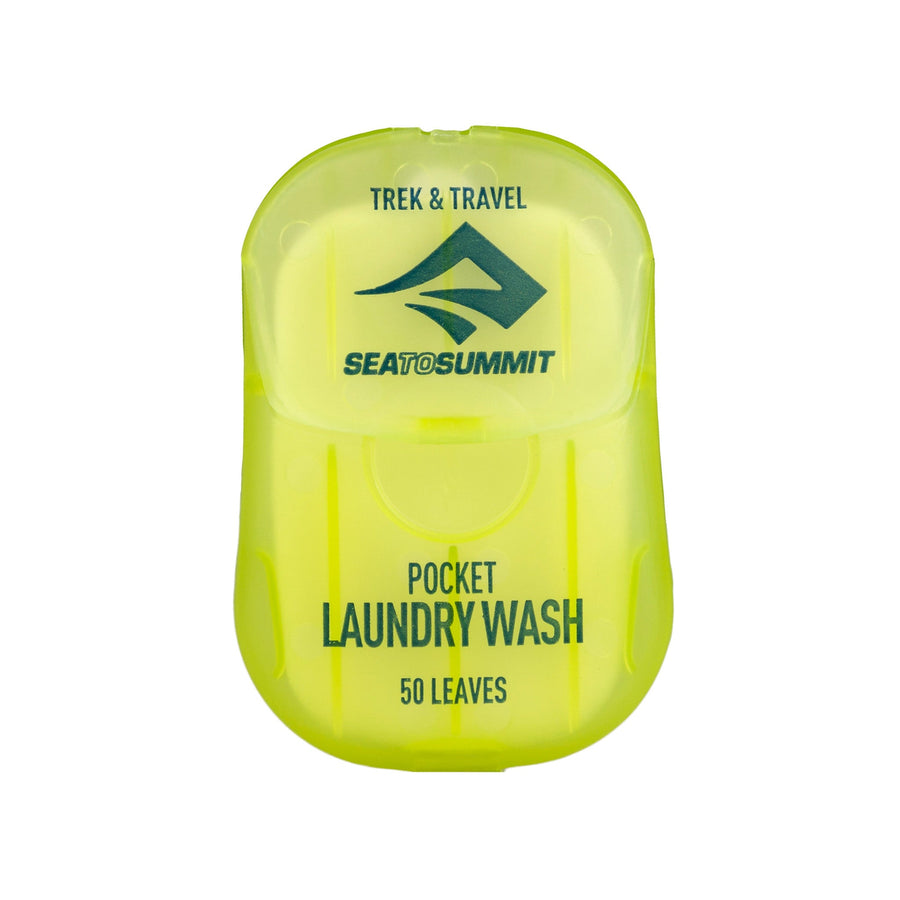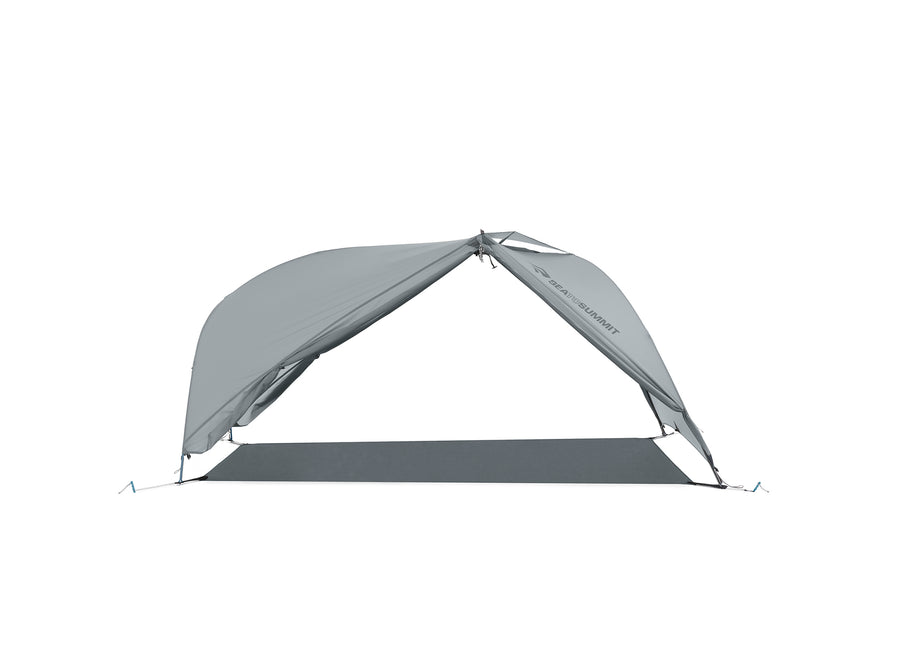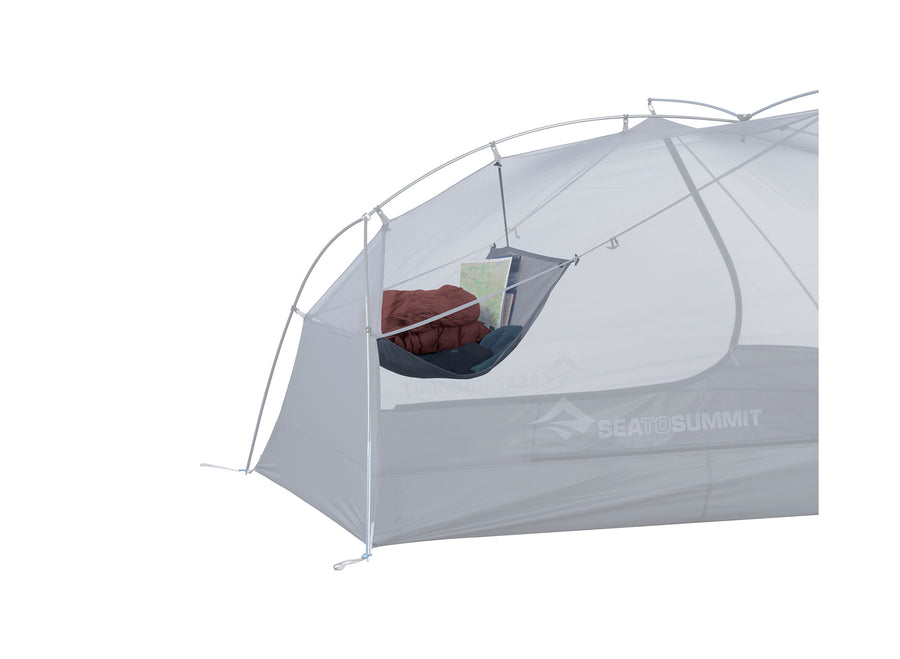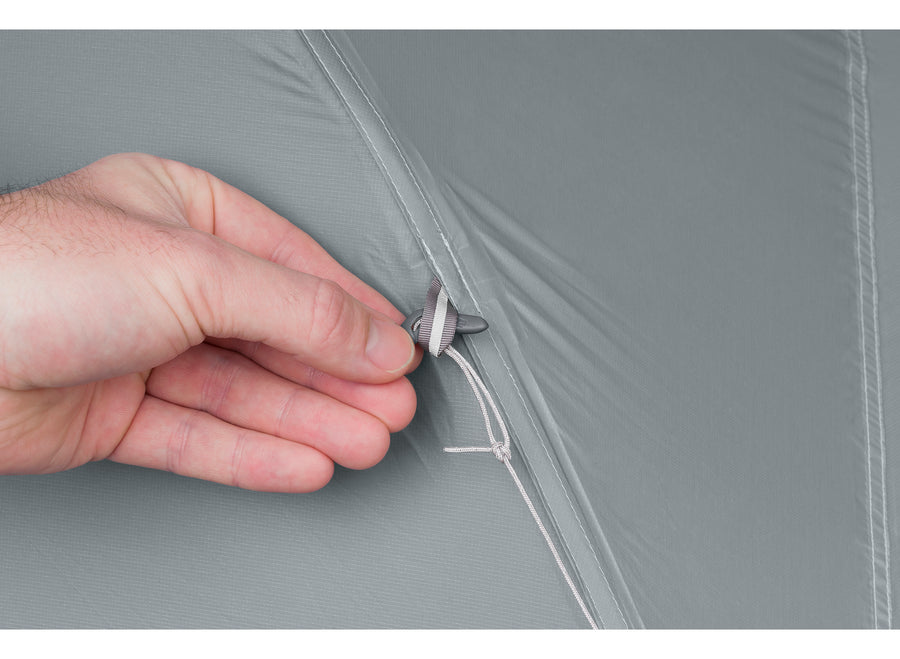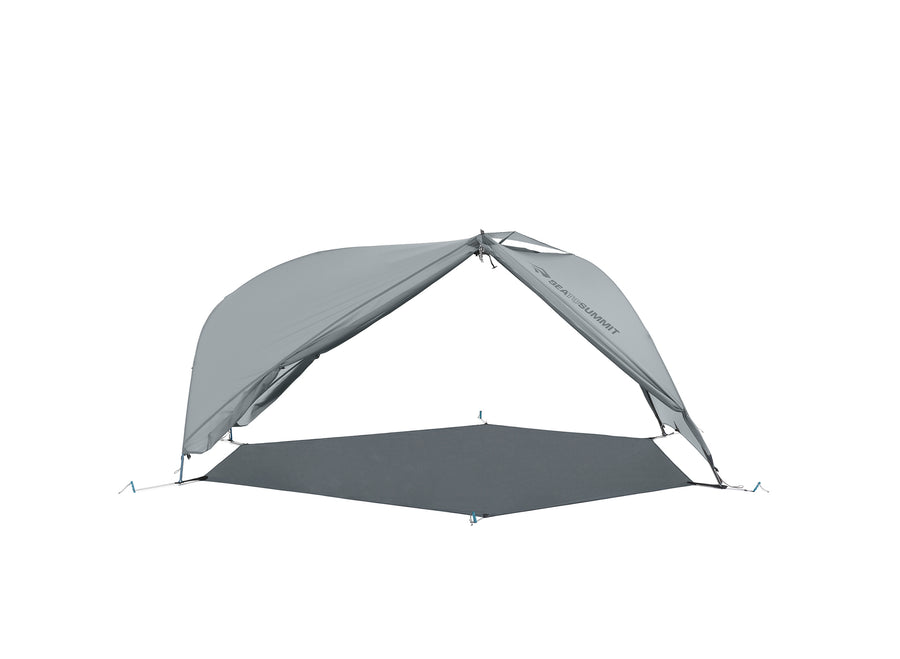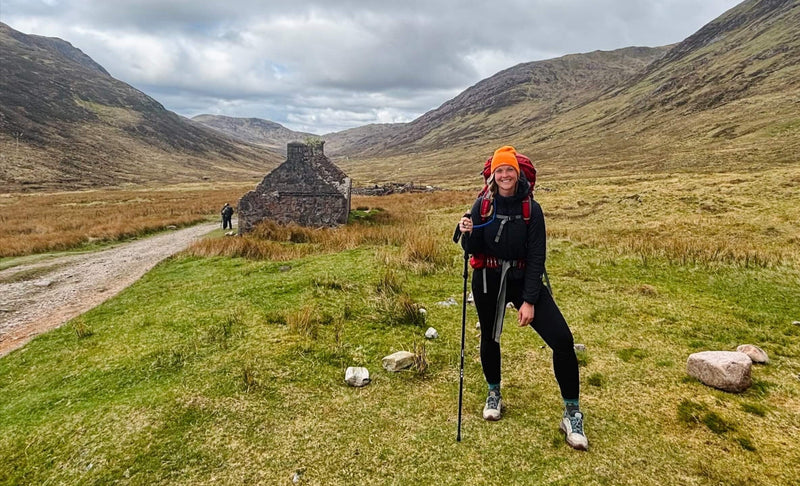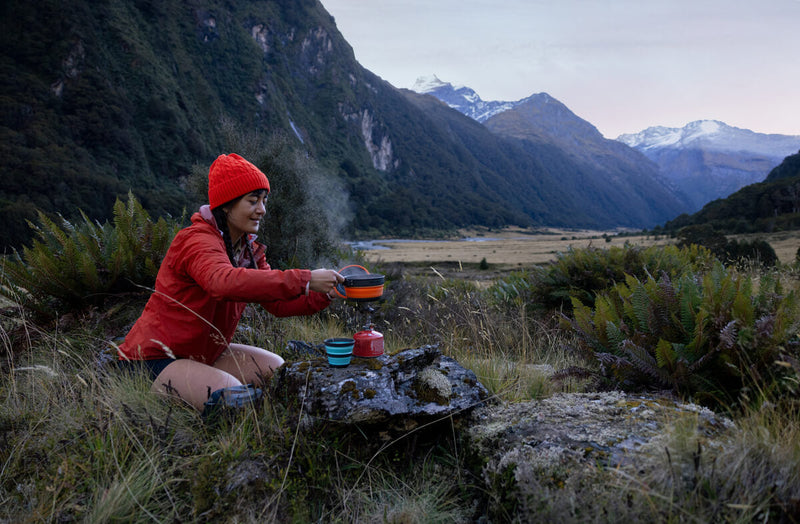Life on the Move: The Hughes Family Adventure

We first spoke with the Hughes Family – Andrew, Nic, and their three kids: Hope (11), Wilfy (9), and Jeannie (3) – during their early months on the road. Since then, they’ve crossed mountain plateaus, high deserts, coastlines, and farmlands across multiple continents.
Their journey continues to evolve – part education, part endurance, part family experiment in slowing down and seeing the world as it really is. We checked in to see what they’ve learned along the way.
What inspired your family to take on a round-the-world bikepacking journey?
We’ve had adventurous lives for a long time and children more recently. There’s a bit of a mindset out there that you’d better get your adventuring done before you “grow up,” because that’ll be the end of it. We didn’t see that having kids had to be the end of going on big adventures. The planning would need to factor in a few new things – like homeschooling and breastfeeding on the bike – but nothing that couldn’t be overcome with a bit of creativity.
As teachers, we’d seen how powerful real-world learning could be, and we wanted our kids to grow up with that sense of curiosity and adaptability. Travelling by bike felt like the perfect way to do it – slow enough to really notice the world yet challenging enough to keep it interesting for all of us. We wanted to see what happens when you trade routine for the unknown, when maths lessons happen over breakfast in a tent, and geography unfolds beneath your wheels.
It wasn’t about ticking off countries or kilometres; it was about finding a rhythm of family life that felt meaningful, connected, and a little bit unpredictable.

How do you prepare for months (or years) of living out of your gear?
Managing equipment on a two-year journey is daunting. We approached that question in two ways. Firstly, we tried to get our hands on the best gear we could afford right from the beginning. Our bikes were tough and had top-notch components; we wanted great sleeping bags and tents that would survive the wildest conditions. Generally, whatever would be hit with water, dust, or extreme UV, we wanted that to be really strong – because we knew we’d wear it out fast otherwise. And some of the places we’ve been are not places where you want failed equipment.
Secondly, we didn’t have a bottomless pit of money, so we had to think outside the square for some gear. Op shops sometimes have the most awesome old thermals! The kids go through clothes at an incredible rate, so we decided secondhand was the way to go for that, for example.
Tell us about a moment when your gear made the difference – when something just worked and let you focus on the ride.
We had one of those moments recently on the Pamir Highway. It’s harsh up on the plateau at about 4000 m. There’s not a scrap of shade to be found, and one lunchtime we were desperately hungry and everyone was gasping for some shelter. There wasn’t even a decent drain under the road to hide in.
So, we whipped out our Ikos Lightweight Tent and used it in the hangout mode. It’s a feature we normally don’t use and, to be honest, hadn’t given much thought to before. But when we really needed it, it worked perfectly. We pegged the bottom corners in and tied off the top corners to a road sign. A couple of other bike riders happened to be with us at the time, and we all fit under the shade. It was just what we needed to make it through the afternoon to camp.

What’s one piece of gear that’s been with you since day one, and what stories does it carry?
We’ve worn out a lot of gear, so we treasure the pieces that have lasted the full journey. Our Spark Pro (15°F) Sleeping Bags have seen everything from the highest parts of the Andes to the depths of Patagonia – from blanket mode in the UK summer to some bitterly cold mornings in the high passes of Kyrgyzstan and Tajikistan. Long ago we scribbled our names on the tags so we knew whose was whose. Some of us have differing hygiene standards, so it was important to stick with your own bag! When we started the trip, Jeannie was still breastfeeding. The technical hood allowed Jeannie to feed with Nic’s bag zip down but clipped up at the top – meaning Nic didn’t freeze.
We specifically chose this bag alongside the Ether Light Regular Rectangular mat for maximum comfort. Packed down, the mat’s not much bigger than a tapered regular, but blown up both Nic and Jeannie can fit on it and inside the bag if required (e.g. cold nights or if Jeannie needs extra settling). The compact size and weight of the mats made it a pretty easy decision for all the kids to have one, plus a Silk Blend Sleeping Bag Liner and Aeros Premium Pillow. There’s something so comforting and familiar in getting into your tent, slipping into your sleeping bag and laying your head down on your own pillow. It doesn’t matter where you are in the world – it makes it feel like being at home.
The Frontier Ultralight Pot has been a major winner for us too. We have absolutely given it a hiding and it’s still doing the job. Inside the pot we managed to fit all our bowls, folding spatula, vegetable peeler, cup lids, cleaning cloth, stove wind shields, and a lot more. It was good to have all that gear together.
We had a broken fuel stove pump for a month or so in Peru, so we had to cook over an open fire. It’s not recommended to do that with the pot, but at the time, there was no other option. Thank goodness the pot was up to the challenge, or we would have eaten a lot of cold porridge.

You’ve faced every kind of weather and terrain imaginable. Which environment has tested you (and your gear) the most?
The Altiplano in South America was definitely the hardest on us and our gear. We spent about three months straight at elevations around 3500–4500 m in Peru, Bolivia, and Argentina. The low humidity just sucked everything bone dry, the severe UV baked it, and the strong wind and dust added the abrasiveness.
We learnt how important it was to look after the tent zips in these conditions – keeping them clean with a damp cloth and running a tea candle along them became essential. It wasn’t until we descended into Salta in northern Argentina that we fully realised how bruising that environment was. We reckon we added a new wrinkle every week up there!

When you’re this far from home, what gives you confidence to keep going day after day?
Fake it until you make it is probably the best description! We remember being in New Zealand, right back at the beginning, and just thinking how absurd it was to be telling people that we were doing this “world ride.” It was too embarrassing to say aloud because we hadn’t really gone anywhere. We felt like total frauds. But as the weeks and months passed, and we faced all these hurdles along the way, our confidence grew. When you begin to realise that almost everyone you meet will give you a hand if you ask for it, you get a strong sense that anything is possible.
Have there been moments when the small details – the ones most people never notice – really mattered?
There’s no shortage of big moments on a trip like this, but it’s often the small details that make the biggest difference. Making sure the tent zipper is closed before a sandstorm hits, double-checking the water filters, or noticing that one child’s chain is running dry before a long climb – these are the quiet decisions that keep things running smoothly.
For example, the ribs on the Horizon Insulated Mugs mean that the children can always comfortably hold their hot chocolates, and the well-designed lids mean that you can actually sip your coffee on a freezing morning without guzzling it before it gets cold. These sound like minor details, but they make a big difference.

What does reliability mean to you, when you’re living fully self-supported on the road?
Reliability is everything. It means knowing that your gear will do its job so you can focus on the journey rather than the problems. When you’re hundreds of kilometres from a bike shop, every piece of equipment – from the stove to the spokes – needs to pull its weight. But it’s not just about the gear; it’s also about being reliable for each other. We each have jobs we do every day, and that rhythm of shared responsibility is what keeps us rolling forward.
Adventure often tests both people and gear. What have you learned about resilience – yours and your equipment’s?
We’ve learned that resilience isn’t about being tough all the time – it’s about adapting. Gear breaks, plans change, and someone always has a bad day. But if you can take a deep breath, fix what you can, and laugh about what you can’t, you’ll keep going. Our equipment has its scars, and so do we, but both have proven far stronger than we first imagined. Every time something fails, and we find a way through, that’s resilience in action.
It’s been important that we can fix gear on the go. The sleep mats inevitably got a cactus spike or two along the way, but fixing them was easy with the supplied patches. And we’ve used those patches to fix rips in down jackets, tent flies, and other things too. That idea of adapting what you have to fix or improve your situation is always present in remote areas too. When an old pedal toe strap broke one day about a million miles from the nearest bike shop, we used one of our spare Stretch-Loc TPU Sea to Summit straps. It’s been doing the replacement job now for about 10,000 km!

Is there a particular moment where you realised you could trust your setup completely?
There was a morning on the Outer Hebrides in Scotland where we were really tested. The campsite was in an unlikely place on a sand dune at the edge of a military bombing range. The range was closed, so that wasn’t our biggest concern. The wind was ripping through ferociously and we were fully exposed – the kind of wind you can lean into like you’re skydiving! We were sure the tents (Ikos and Telos) would be ripped out of the ground and we’d be bundled along the grass into the ocean. But they held tight as we braced for the emergency pack-down. From then on, we knew our camp setup would survive almost anything (as long as all the guy lines were set properly).
Thanks for your time, Hughes family. We wish you the best on all your future adventures!

